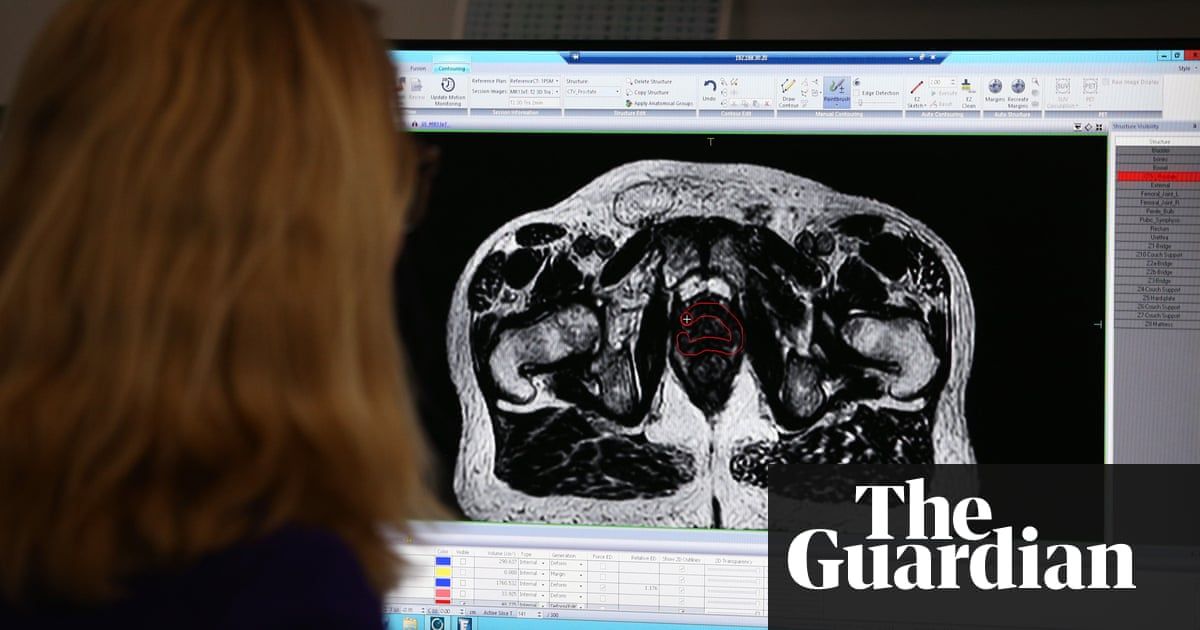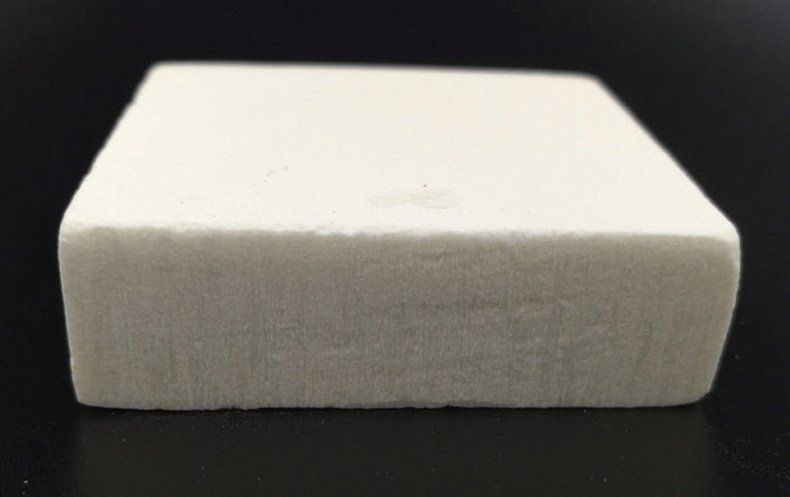Use alongside traditional treatment in advanced cases ‘could benefit 3,000 men in UK’.




Congratulations to the Forest Organics team and their awesome new site — https://www.myforestorganics.com/


China is planning to launch its own “artificial moon” by 2020 to replace streetlamps and lower electricity costs in urban areas, state media reported Friday. Current latest trending Philippine headlines on science, technology breakthroughs, hardware devices, geeks, gaming, web/desktop applications, mobile apps, social media buzz and gadget reviews.


This luxury car maker is ditching sideview mirrors.
Seismologists from from the Australia National University (ANU) have found the first conclusive proof that the Earth’s innermost core is solid after 80 years of searching.
